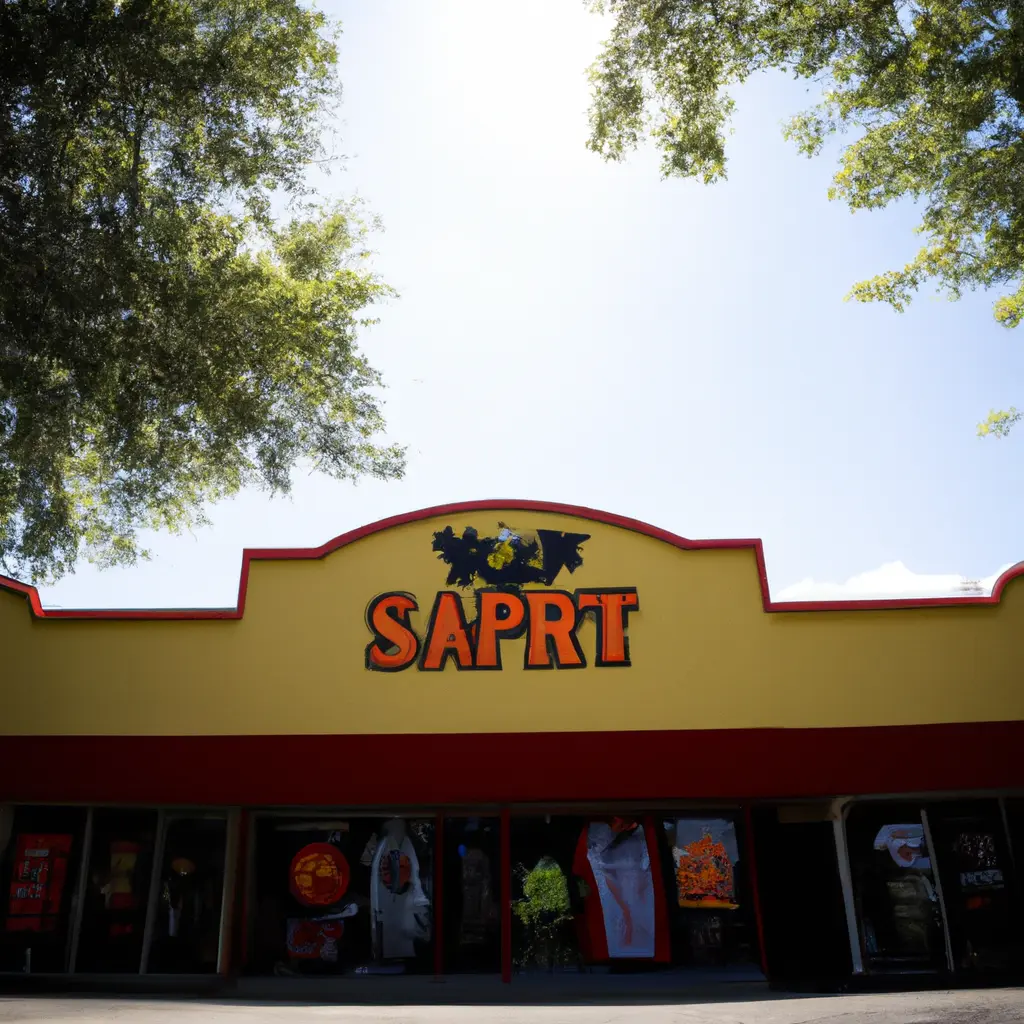The Ominous Sign: Spirit Halloween takes over empty storefronts every fall across the country

One of the modern signs of the changing seasons, at least on paper, is the first sightings of orange and yellow skies, although not in the trees, but in the strip mall stores across the country. The first sightings of the Spirit Halloween banner have become a tradition comparable to the start of the school year and college football, signaling that fall and the accompanying "spooky season" have already arrived.
“We have reached a point where we can occupy various locations, and all retailers talk about location, location, location. In our case, Spirit Halloween is a desired destination,” said Spirit Halloween CEO Steven Silverstein. “The fact is, as long as we can get the right location, ultimately, I hope Halloween fans will find us.”
The company opened its first doors in 1983 at the Castro Valley shopping center in Castro Valley, California. Even then, it was a temporary setup.
Joe Marver, the founder of the company, opened this place after experimenting with a Halloween business in his women's clothing store, according to a 2000 article in the Los Angeles Times.
“They laughed at me and put me in the corner, hiding me behind an old restaurant. When I made $100,000 in 30 days, they were shocked,” Marvel told Times.
In 1999, Spencer Gifts acquired Spirit from Marver.
Although the company does not have a permanent location - all of its more than 1,500 stores are temporary - the appeal of costumes, props, and candy gives Spirit a unique edge in the retail market.
“We have a kind of universal flexibility,” says Silverstein. “Halloween crosses many boundaries, and when we think about it, we go through the process of determining locations.

Spirit aims to place its stores in locations where more than 35,000 people live within a 3-5 mile radius and is open to flexibility in store size.
“We want to bring Halloween to many communities,” says Drew Griffiths, Vice President of Marketing and Social Media for Spirit. “While our ideal locations have a sales area of 5,000 to 50,000 square feet with great visibility, no store is too big or too small.”
The company has a year-round team that analyzes available real estate, and although the company does not disclose the recipe for its success in choosing locations, Silverstein believes that brand recognition is key to success despite the nomadic nature of the store.
Halloween is a $10 billion industry, according to the National Retail Federation, and despite the temporary nature of the stores, Spirit has made itself a permanent part of the holiday over the 40 years since its opening.
“People follow where that sign appears, it doesn’t matter where it goes, they will find it,” says Kathleen McKeon, regional manager of Spirit. “I have people who are willing to travel more than an hour and a half to come to one of my stores.”
Preparation for the stores begins in mid-summer, but the construction usually finishes in less than two weeks.
“When you start, you think, ‘Wow, this whole building is empty.’ It’s 40,000 square feet. How are we going to pull this off?” says McKeon. “Every day, little by little, everything gets done, and then you step back and open up on the ninth or tenth day, and you just can’t believe it, and your team is really excited.”
As a result of the retail apocalypse, many former stores have turned into empty shells, and the company has become something of a meme.
Although Silverstein would like to view the company's internet cache in a festive spirit, he does not deny it.
“We don’t cultivate it; it happens organically,” says Silverstein. “I think it’s because we are a significant part of Halloween’s story.”
Comment
Popular Posts
Popular Offers


Subscribe to the newsletter from Hatamatata.com!
Subscribe to the newsletter from Hatamatata.com!
I agree to the processing of personal data and confidentiality rules of Hatamatata










